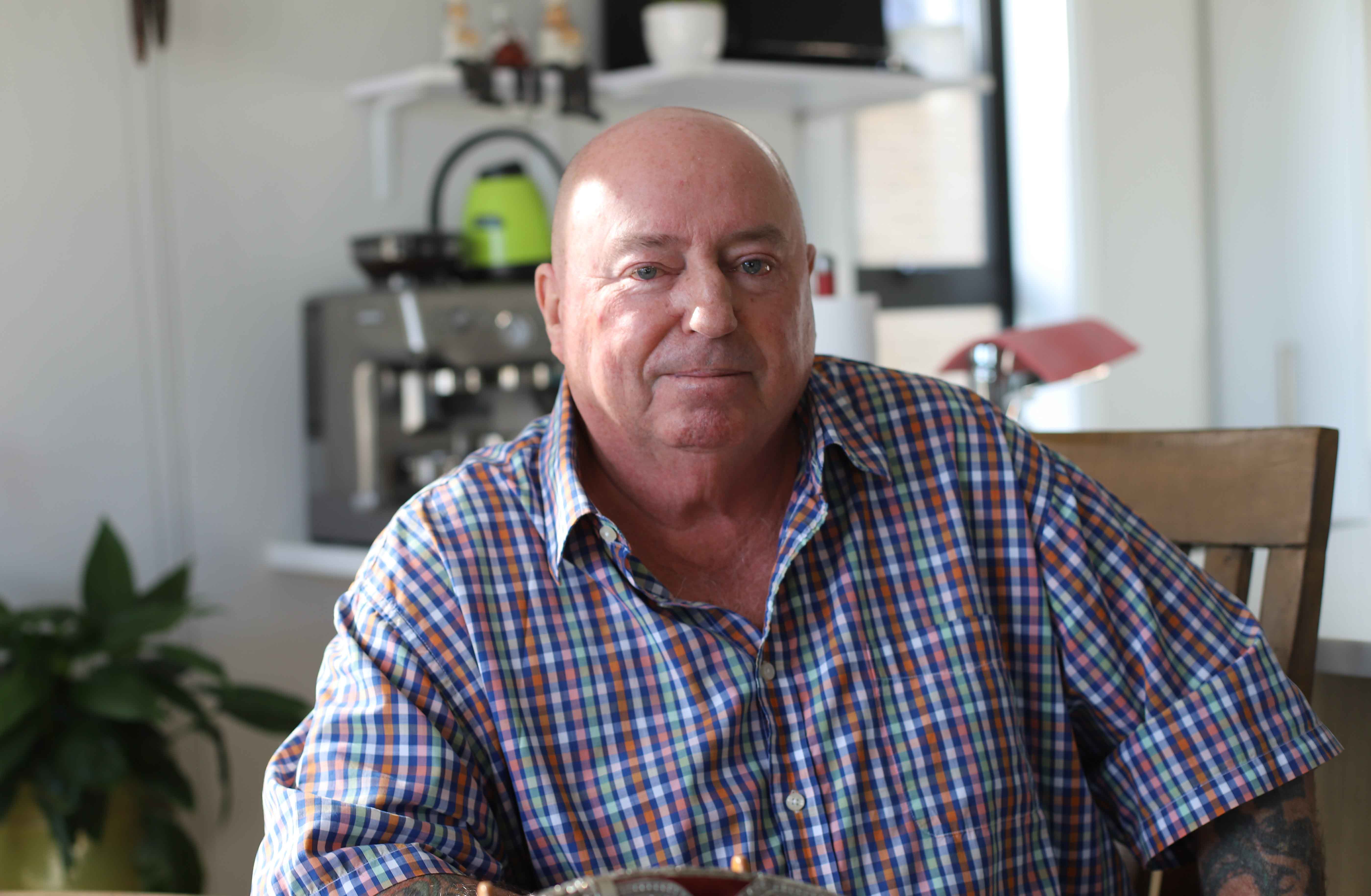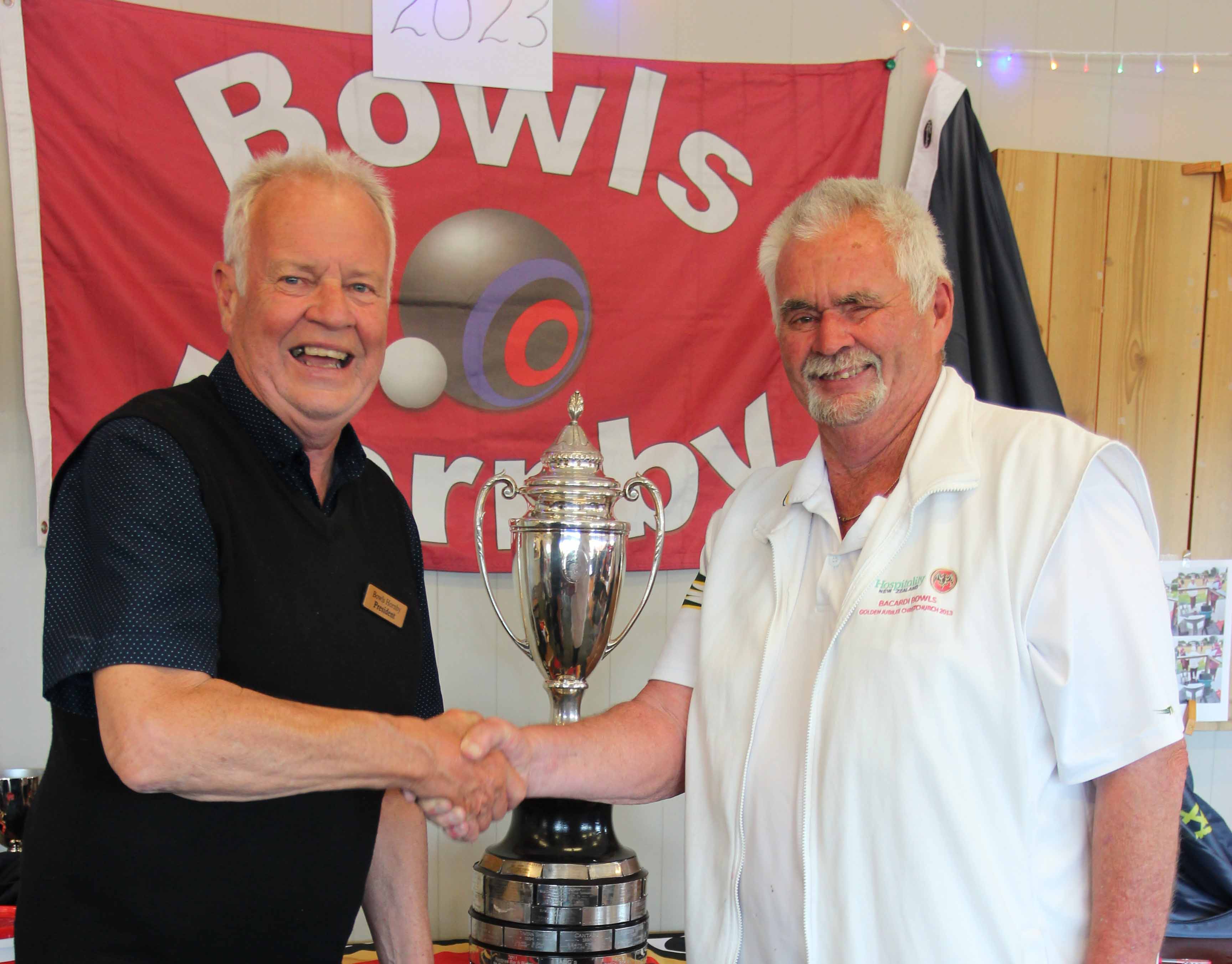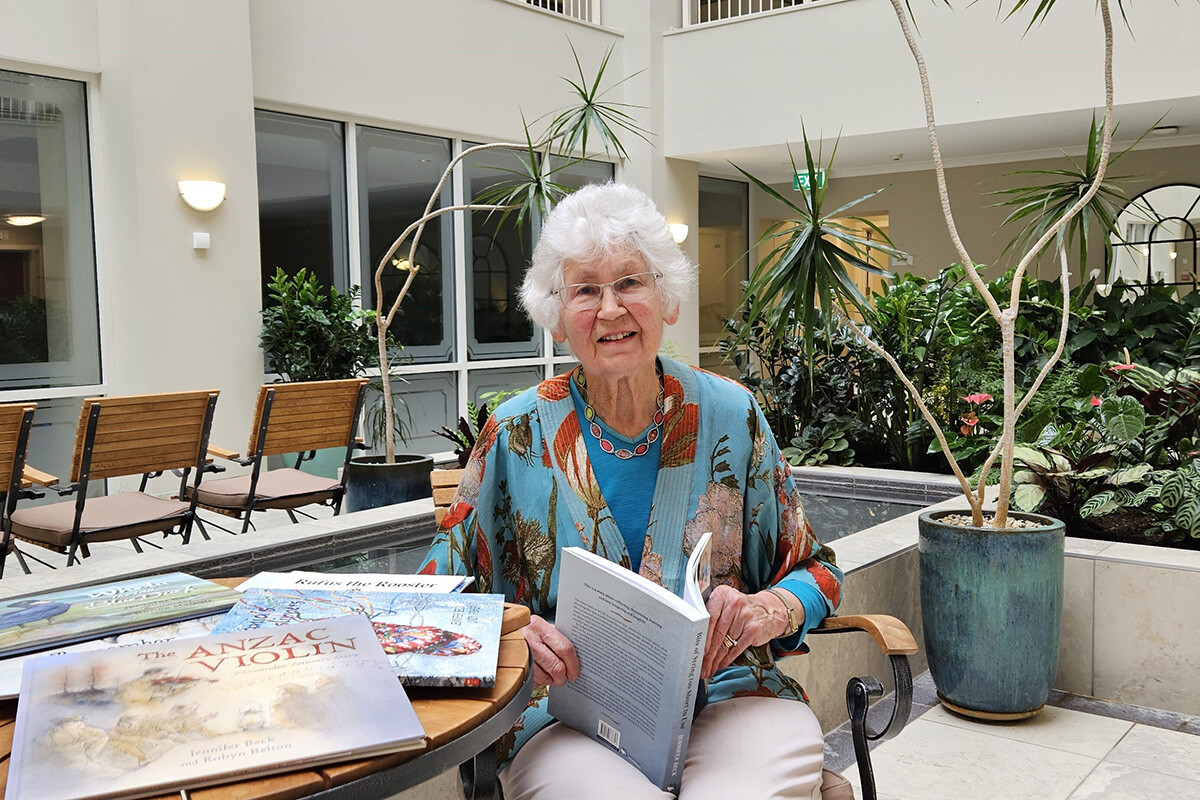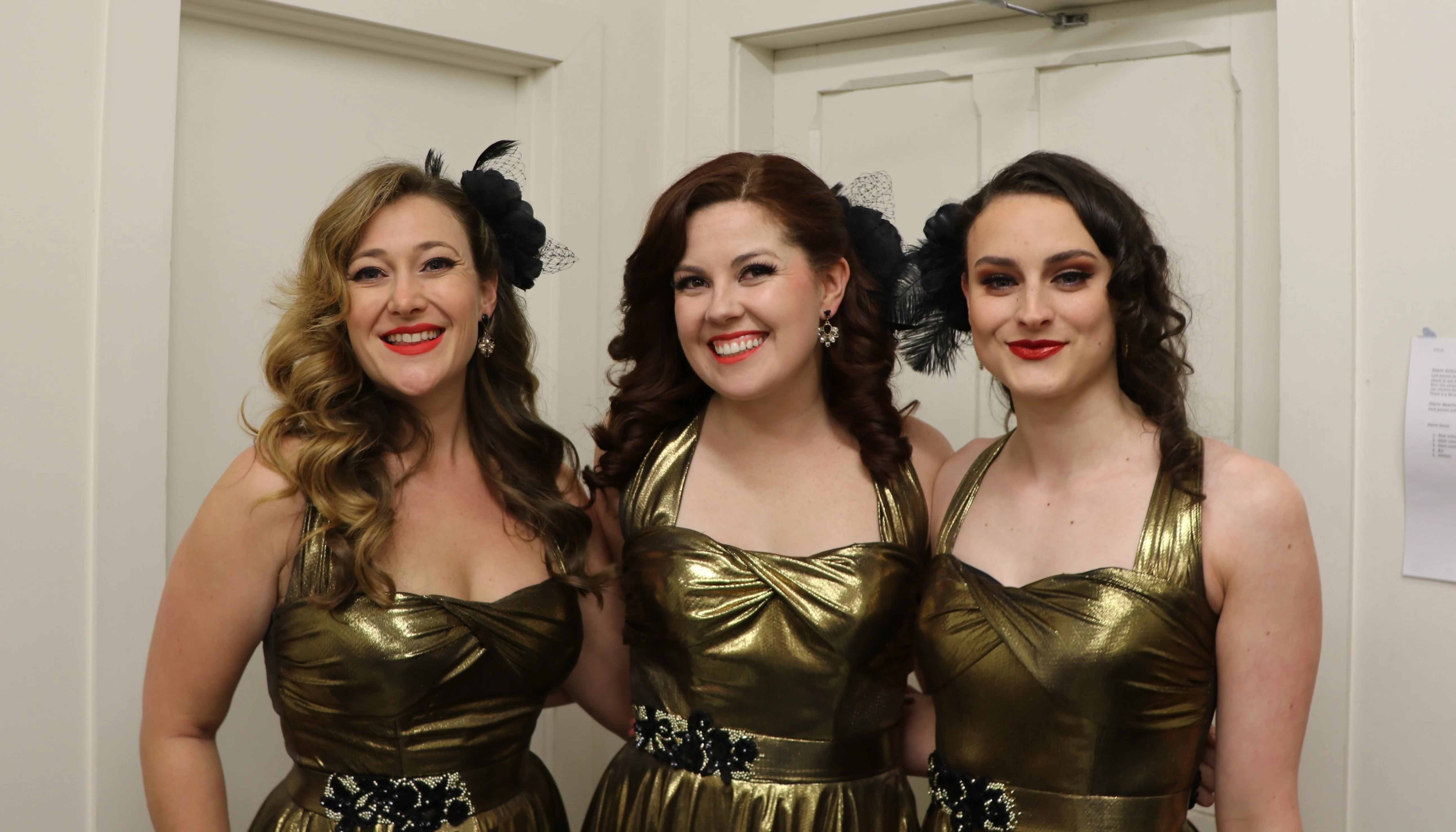Sports stories surround silver cup
Sports stories surround silver cup

Christchurch this week hosted the 60th edition of the extraordinary and historic Bacardi Cup. This special lawn bowls event relies on efforts of many, none-more-so than Kevin Hickman resident Greg Rhodes who remains extremely passionate about the sport and the people it draws in.
Greg and members of the liquor industry were in the Garden City this week to celebrate six decades of the Hospitality New Zealand National Bacardi cup. This year the event took place on Riccarton Racecourse Bowling Club and Bowls Hornby greens.
Trade members from around New Zealand have traditionally met in one of the main centres to lay down some bowls on greens to compete for what has been valued as a $40,000 solid silver cup, originally made in Mexico. The cup itself is believed to be the richest New Zealand sporting trophy and stands at a whopping one-metre high.
Greg, secretary convenor for the event, says the meeting is super friendly and a great way to keep up with those in the industry he has been involved with over many years.
There were 42 teams competing. Greg “roped in” a couple of other Kevin Hickman residents – David Wilson and Pierre Alexandre to help fill out a couple of the teams. Village Manager Liz Hampton says a lot of residents from Kevin Hickman are keen bowlers, and the village has a strong relationship with the surrounding clubs including the one at Riccarton Racecourse.
Others involved in the event included Peter and Joyce Speedy, also residents at Kevin Hickman.
In preparation for the Bacardi event – being held over Monday, Tuesday and Wednesday – Greg and others spent the previous week sorting through tournament clothing – and other bits and pieces needed over the three-day event. Helping Greg in his townhouse home, he shares with wife Noeline, were Brian Smith, John Hannam and Dave McHardy.
They also happened to have in their possession the enormous silver cup which features a Mexican Bacardi bat logo, and a kiwi. The cup was donated to the New Zealanders by the international Bacardi drinks company.

Greg says in the early days the cup was most often played for annually between mainly Canterbury and Wellington competitors. In more recent years competitors have come from much wider afield, and it has been played for in many New Zealand towns and locations, and become very competitive.
This year nearly 170 players competed. The teams of four must have at least two members who are or have been part of the hospitality industry for a considerable time.
Brian Smith says the early years the tournament was organised by the licensed trade, then known as the Licensed Victuallers’ Association of New Zealand. Bacardi, which had its origins in Cuba, set up Bacardi rum manufacturing facilities in Mexico, and Captain W Kirten Jnr (a public relations manager with Bacardi) gave his support to the initiative.
Bacardi and its agents formed relationships around the world over the years, including with New Zealand Breweries and Allied Liquor Merchants. The early version of the event was called the New Zealand (Bacardi) Licensed Trade bowling tournament. In 1963 Wellington won the first version of the cup.
“It was only originally played Canterbury-Wellington. It was formed by the Canterbury organisation but with the (later) help of HANZ New Zealand in Wellington,” Brian says.
“That’s all it was for years, but later it got taken over by Hospitality New Zealand. They did all the mailing out and registrations and everything.”
Brian, who owned hotels in Methven and West Melton during his 27 years in the trade, says he has loved the spirit of the games. He has been playing in the bowls competition since 1982 and been in a winning team three times.“

The serviced apartments were locked off, they had doors, so they hadn’t been built, and on the right here -- the rest home as it was then – that hadn’t been finished,” Chris says.
“All outside was a building site... most of it hadn’t been done. It was still work in progress and it was a building site, rubble and stuff. We often sat outside and had a coffee there.”
The village has grown, as has her relationship with the residents. “I’ve had a rapport with the people I’ve looked after, and that’s what keeps you here,” she says.
“It’s been hard to go and say goodbye today, and they’ve actually cried as well. They’ve contributed to my going away presents, so I’ve got to go and thank them.”
by Ryman Healthcare | Nov 24, 2023
Subscribe to our blog newsletter
You May Also Like
These Related Stories

Maddie Davidson tells village residents Olympics will be flipping fun

Children's author Jennifer Beck's life is fully booked!

